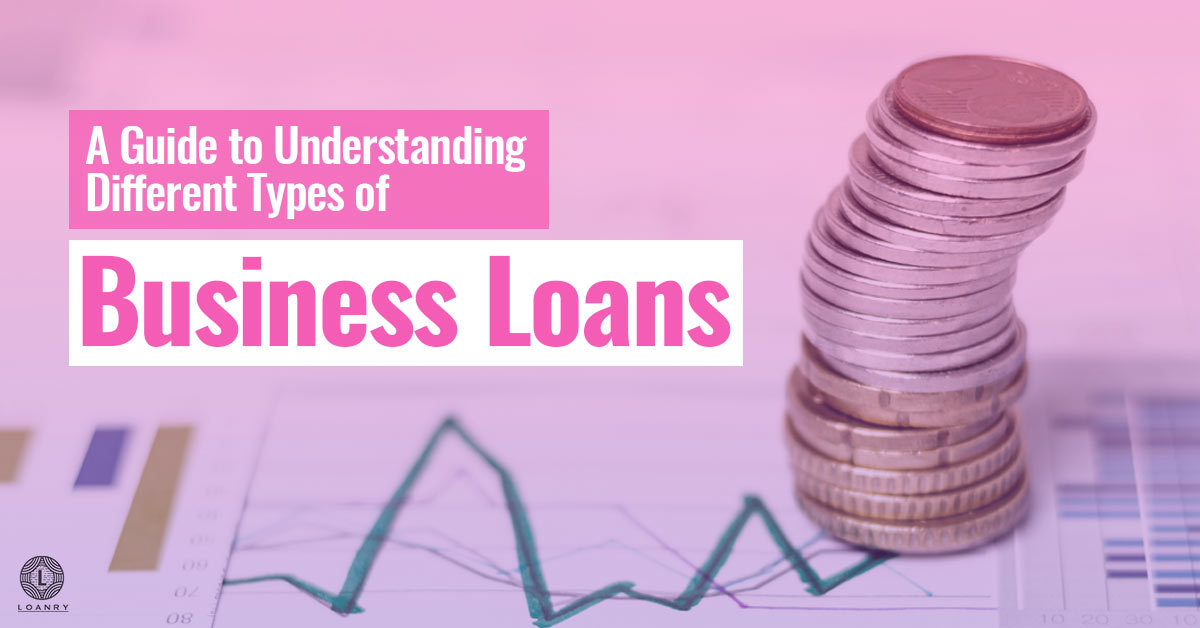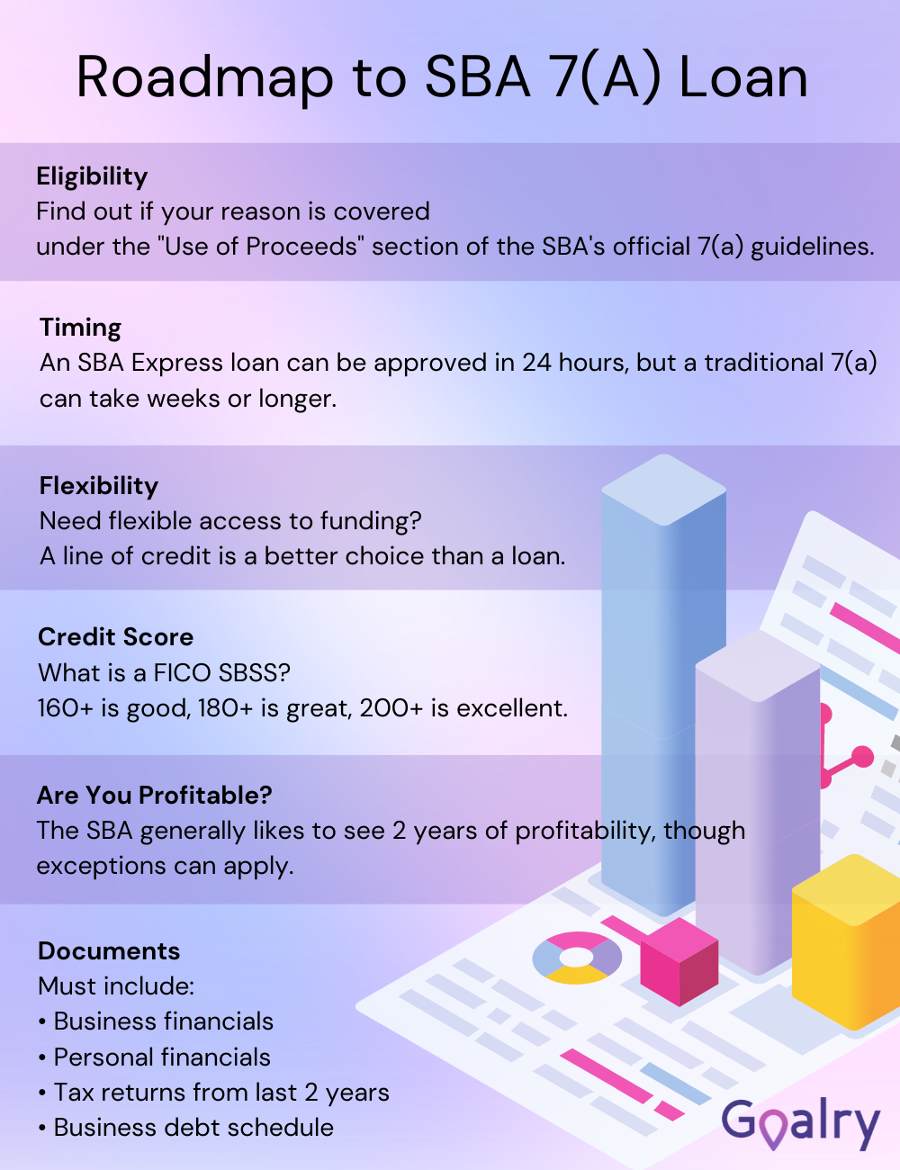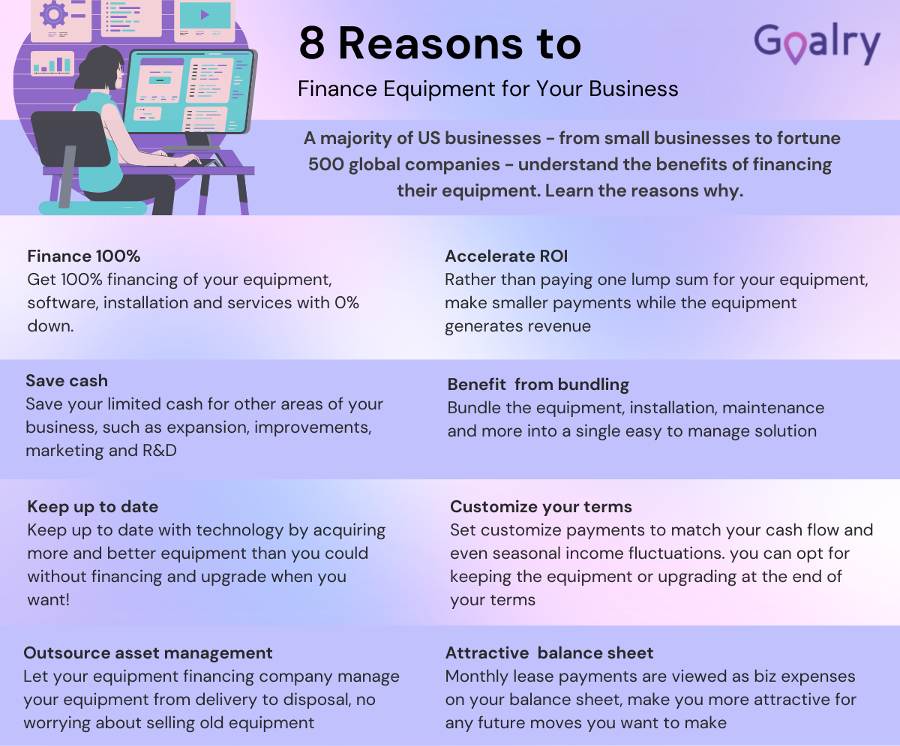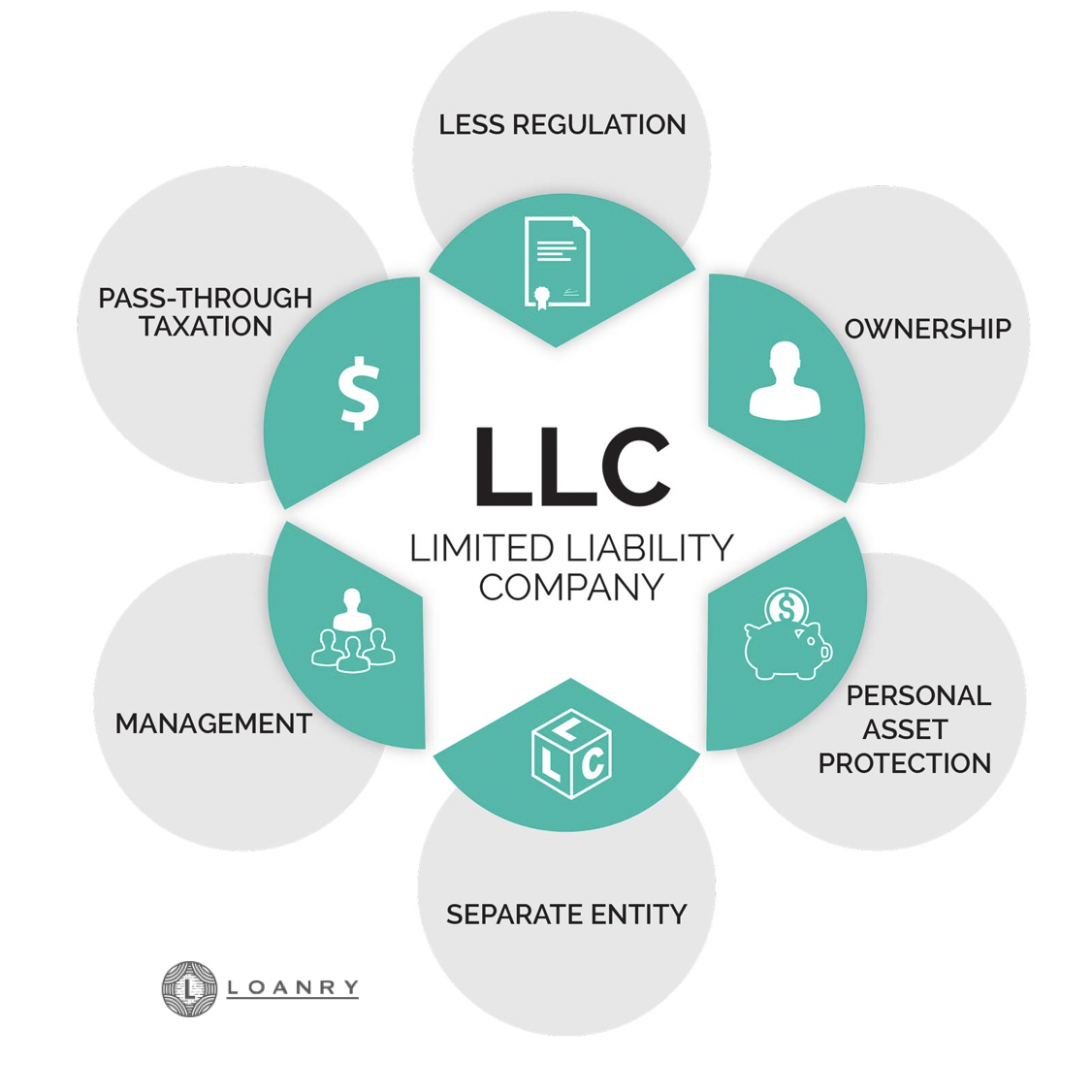
Having a line of credit available for your business is important for numerous reasons. As a business owner, you need to understand the business lines of credit. You also need to find the best available credit line for your growing company. Establishing business credit is important for acquiring capital when you need it.
For success as a business owner, your business needs to grow over time. Growth requires capital. Business loan companies work with business owners to help them take advantage of growth opportunities requiring capital. When you first start your company, you won’t have a business credit history. The sooner you start establishing your business credit, the better off you’ll be.
A line of credit for your business helps you do numerous things that increase revenues and grow your company. For example, a credit line for your company could allow you to purchase equipment. In many industries, expensive equipment is needed for everyday operations. A business credit line can also allow a company to hire new employees or invest in advertising.
While business credit lines are important, you need to put research into them. You need to understand how to evaluate available credit lines. You also need to know about the best available business credit lines.
Lines of Credit to Consider For Your Business
We have compiled a list of different options for those looking for a business line of credit loan. You can consider all the lines of credit mentioned below when looking for the best option for your company.
Of course, you first want to figure out what you need. Before you search available lines of credit, know what your company is looking for. This means figuring out what your credit rating is like. It also means calculating how much you want to borrow. Crunch the numbers and plan carefully. Have an idea of what interest rates your company should qualify for before you get started.
Here are the nine best business lines of credit to consider.
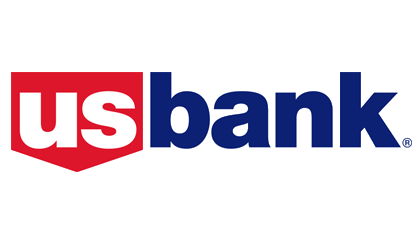
US Bank’s Cash Flow Manager Line of Credit
If your company is relatively established, you might want to look into the US Bank’s Cash Flow Manager Line of Credit. This line of credit has relatively strict approval requirements. However, it also offers great terms to those who are approved.
In order to be approved for this line of credit, your company needs to be at least two years old. Those who are approved can borrow as much as $250,000 for a secured line and up to $100,000 for an unsecured line. Companies can have a minimum credit line of $2,000, but anything less than $50,000 comes with a $150 annual fee.
They can take out the loan for a maximum period of 80 months. The lowest available interest rate is 6.00 percent variable. In addition to the interest rate, this credit line also typically involves an origination fee of $75.
This credit line is best suited to small or medium businesses. You have a lot of options to choose from with US Bank’s Cash Flow Manager Line of Credit. There are numerous fixed-rate options as low as 7.75 percent for those who qualify.
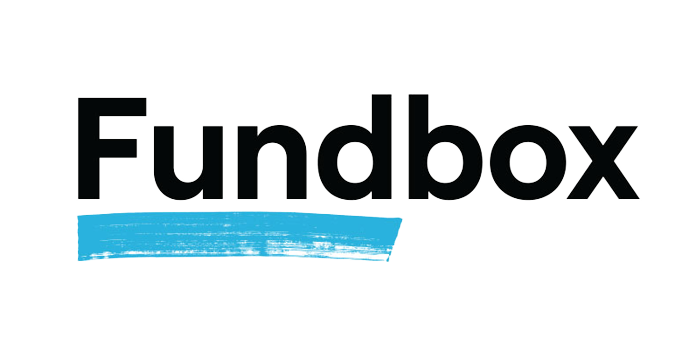
Fundbox
Fundbox is a business line of credit that offers a great deal of convenience. Business owners can enjoy numerous advantages with this credit line. One of the primary advantages is that the application process is automated.
Also, the Fundbox line of credit is fairly easy to qualify for. The requirements for approval with Fundbox are quite easy to achieve. Also, it’s worth noting that funding comes very quickly with this credit line.
However, there are a few disadvantages to be aware of. For one thing, the interest rate on this business line of credit can be relatively high, depending on your creditworthiness, but it can be as low as 4.66 percent.
Those who work with Fundbox are not able to borrow as much as they might be able to with other business lines of credit providers. The loan amounts are not generally very high compared to some other options. The typical maximum credit limit with Fundbox is $150,000.
You don’t have to be in business very long to qualify with Fundbox. In fact, your company may qualify despite only being six months old. However, you need at least $100,000 in annual revenue, have a business bank account, and have a personal FICO score of at least 600.
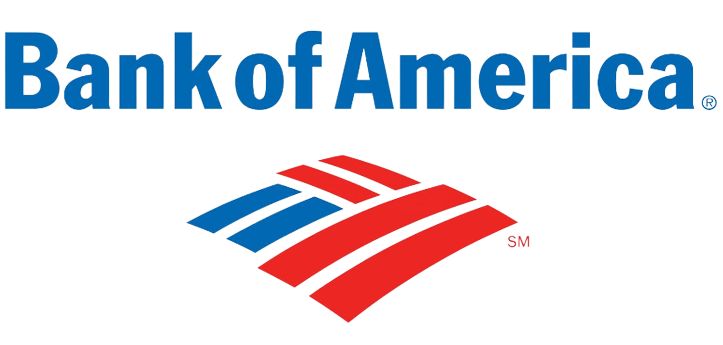
Bank of America Business Credit Lines
Another possible line of credit option is a Bank of America Business Credit Line. They offer both secured and unsecured lines. One of the biggest advantages of these credit lines is that the interest rates tend to be low. Also, you can use a credit line from Bank of America over the long term for your business.
With Bank of America, you can use multiple business financing products from the same lender. In addition to lines of credit, Bank of America also provides SBA loans, business term loans, and other commercial loans.
One possible disadvantage is that these credit lines are not always easy to qualify for. You will need to have fairly decent credit. Your business will also need to be well established – at least two years in business under current ownership. In other words, if you’ve just bought the company, you have to wait until you’ve owned it for two years.
You also have to meet some revenue requirements. If you want to take out an unsecured loan, your company’s revenue must be at least $100,000 annually. For a secured loan, you need revenue of at least $250,000 annually. You can borrow as little as $10,000. The maximum you can borrow depends on your specific application factors.
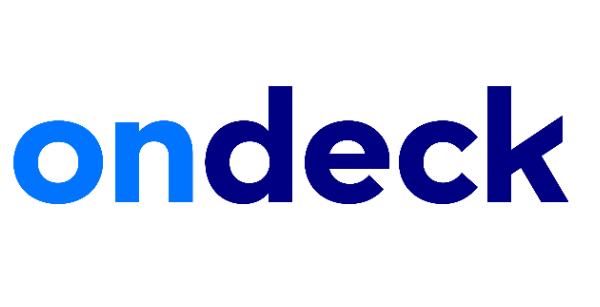
OnDeck
If you are a small business owner, you should consider business lines of credit from OnDeck. There are numerous advantages to OnDeck credit lines. For one thing, you can get the funds you need quickly if you are approved. In fact, you can get funds on the same day that you are approved in some cases.
Credit score requirements are not particularly stringent. You need a credit score of only 600 to qualify using your personal credit. You’ll also need to be in business for at least one year and have an annual business revenue of $100,000.
Another advantage to consider is that there is not a great deal of paperwork involved. The process of applying for and taking out the loan is streamlined and simplified.
Some disadvantages to OnDeck credit lines include the fixed-fee structure. This means that you won’t save any money if you pay off the loan early. Another thing to keep in mind is that you have to make payments back on the line of credit on a daily or weekly basis.
Also, you need to provide a personal guarantee in order to use a line of credit from OnDeck. And the average interest rate is about 47.14 percent, which is high in comparison to many other options.
You can borrow as little as $6,000 and up to $100,000. There is a 12-month rolling repayment term. In short, this means that if you use $1,000 of your $6,000 credit line in the first month, you have 12 months to repay that amount. If you use another $1,000 the following month, you’ll have 12 months to repay that amount. Each withdrawal has its own repayment date.
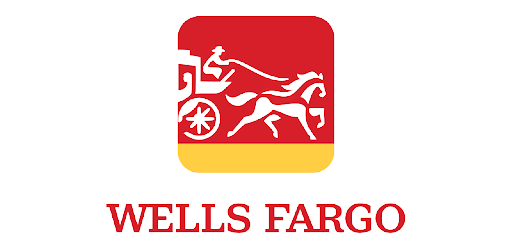
Wells Fargo Business Line
Regardless of the size of your company, Wells Faro Business Line could suit you as a line of credit. This credit line is appropriate for startup companies. It can also be appropriate for large, established companies.
Many business owners choose Wells Fargo Business Line because the interest rates tend to be low – as low as Prime + 1.75 percent. You can be approved for a revolving credit line of anywhere from $10,000 to $100,000.
Also, this credit line does not include a lot of additional fees. There is an annual fee, which is waived the first year. After that, it’s $95 for lines of up to $25,000 and $175 for lines over $25,000. Other than that, the only fee you’ll pay is if you choose to use your line of credit for a cash advance.
You will need to meet some fairly demanding requirements to be approved for BusinessLine from Wells Fargo. This includes being in operation for at least two years and having established business credit. If you are a newer business, the Wells Fargo Small Business Advantage Line of Credit has lower requirements with many of the same benefits.
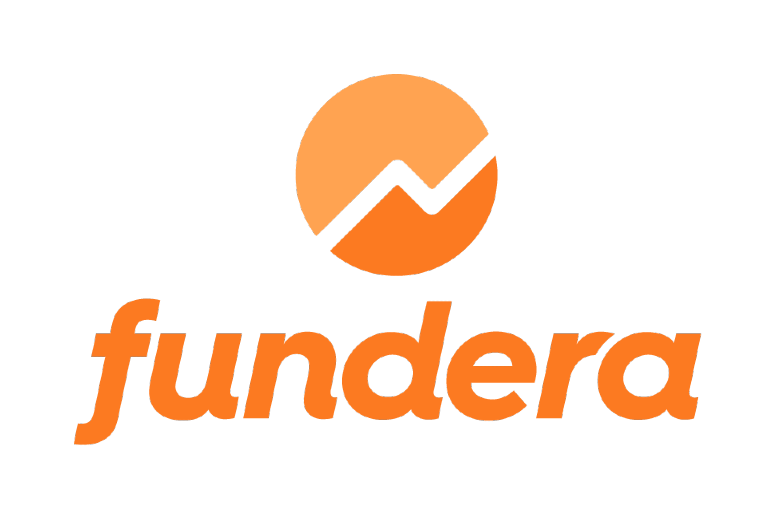
Fundera
Fundera is a business line of credit provider with a great reputation. This is a newer lender. The company was founded in 2013. When you do business with Fundera, you’ll know exactly what you’re getting into. Fundera is devoted to providing transport financial products to business owners. However, you may have to deal with high- interest rates and relatively expensive fees with Fundera.
Fundera isn’t only a great source of credit lines for business owners. The company also offers financial products like cash advances, short-term loans, and SBA loans. You can also take out a loan with Fundera to finance a commercial equipment purchase.
Working with Fundera is ideal if you’re feeling overwhelmed in your search for a business line of credit. With exceptional customer service, Fundera will provide you with the advice and answers you need to optimize business finances.
Fundera doesn’t offer the loans itself but is a platform for helping businesses connect with lenders. Typically, customers approved on Fundera are typically in business for over one year, have at least $250,000 in annual revenue, and have a credit score of at least 650. Lines of credit range from $10,000 to more than $1 million with interest rates of anywhere from 7 percent to 25 percent. Loan terms are usually three months to 18 months.
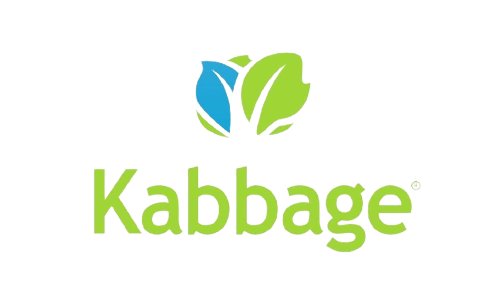
Kabbage
One huge advantage of business lines of credit from Kabbage is that they tend to be easy to qualify for. You only need a minimum credit score of 560 to qualify for a line of credit for your business with Kabbage.
Another advantage is that the application and qualification process is so quick. In fact, you can qualify in only 10 minutes. You can also borrow as much as $250,000. Once you are approved, you get the funds quickly. And you have easy access to your credit line funds any time and anywhere that you want it.
A Kabbage line of credit is generally designed for shorter terms, ranging from six to 18 months. One possible drawback that business owners have to be aware of is that the interest rate can be high. The APR for these loans will typically range between 24 and 99 percent.
And there are fees that range from 2 percent to 27 percent, depending on the repayment term. However, this could be a good option if you absolutely must borrow capital and your company doesn’t yet have strong credit established.
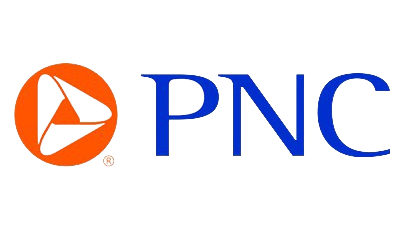
PNC Bank Secured Business Line of Credit
You have a lot of options with business lines of credit from PNC Bank. You can take out either a secured or unsecured credit line with PNC Bank. Secured credit lines are a great idea if you are looking to establish your company’s business credit. These credit lines are especially recommended over the short term to cover revenue gaps. Credit lines are secured by any business assets other than real estate assets.
Because these credit lines are secured, they typically feature lower interest rates. There is a lot of convenience in a PNC line of credit. It’s easy to access the funds. They can be accessed via checks and online. They can also be linked to a company’s business checking account. This makes it quick and convenient to make payments.
The lines of credit offered by PNC Bank range from $20,000 to $100,000 for unsecured and $100,001 to $3 million for secured. The secured line of credit will entail a yearly fee of 0.25 percent of the credit line amount or $175 for the unsecured line of credit. Interest rates are variable.
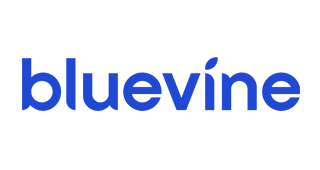
BlueVine
BlueVine is another good line of credit provider for companies without strong, established credit. Perhaps the biggest advantage of a line of credit with BlueVine is that the requirements for approval are low.
However, this is not the only advantage. BlueVine also offers fairly low-interest rates for those who qualify. The lowest possible interest rate available is only 4.8 percent. Also, BlueVine gets funds out to companies fast. Those who are approved can get their funds on the same day.
Unfortunately, BlueVine lines of credit are not available everywhere. BlueVine cannot offer funds to companies located in certain states, including Nevada, North Dakota, and South Dakota. There are also certain industries that are restricted from borrowing. Also, those who cannot qualify for lower interest rates may have to pay high fees with BlueVine.
You can borrow up to $250,000 with a revolving credit line with a repayment term of six months to one year. Business owners typically need to bring in at least $10,000 monthly in revenue and be in business for at least six months to qualify for a BlueVine credit line. Also, business owners need to have credit scores of at least 625 to borrow with BlueVine.
Considerations in Evaluating Business Credit Lines
There are key considerations to take into account when evaluating various lines of credit. You need to know how to evaluate options to find the credit line that will optimize your company finances.
The first step to evaluating credit lines is to identify the most important considerations. Make a list of what you need in your company’s line of credit. The following are the many factors to think about.
One of the biggest limiting factors regarding business lines of credit is approval requirements. You can only take out lines of credit that you can be approved for. If your company is new, its credit may not yet be established. This could make it difficult to meet the approval requirements for a business line of credit.
You need to pursue credit lines that you can qualify for. If your business credit is not yet established, your personal credit could help you to qualify. That’s why it’s good to build your personal credit in addition to your business credit as a business owner.
You need to calculate how much capital you need. Lenders always put some limits on the business lines of credit they make available. You won’t be able to borrow as much as you want. You’ll be able to borrow as much as you qualify for.
When you’re getting ready to find a line of credit, you need to know how much you need. Figure out how much capital is necessary for your envisioned project. Then, check out the various borrowing limits for different lenders. Pinpoint the lenders who are offering credit amounts that are adequate for your needs.
You need to be aware of how repayment is made on the lines of credit you’re considering. When you borrow money, it has to be paid back. You need to factor repayment into your company’s budget. Be aware of how quickly borrowed money needs to be paid back according to the line of credit terms. This will help you with your budgeting.
Repayment convenience is also important. It’s essential that you make all your payments on time to avoid damage to your business credit. That’s why it’s ideal to have automatic payment capabilities available. This way, payments automatically come out of your company account so that they’re on time.
The costs of your company’s credit need to be carefully considered. Borrowing money from a lender is never free. You’ll need to pay interest on the money you borrow. This is not necessarily the only expense when you borrow. You may also have to pay a variety of additional fees.
A lot of lenders require fees for taking out a line of credit. They also may charge an annual fee for every year this line of credit is open. You’ll also probably have to pay fees if any of your payments are made late. You can, also, explore the benefits of personal loans for your business and how much they can cost you.
Your goal regarding costs is to find the line of credit that is least expensive for your company.
Cost is not the only important factor in evaluating business lines of credit. Customer service also needs to be considered. You may need to contact your lender with questions. You want to work with a lender that will be easy to communicate with. It’s important that you can get someone on the phone to answer your questions as necessary.
Even if everything sounds great on paper regarding a lender, you need to research customer service. You could end up with a lot of frustrations and regrets if you borrow from a lender with poor customer service.
Final Thoughts
As a business owner, you need to explore the above-mentioned business lines of credit. Learn as much as you can about each credit line option. Also, make a list of what credit line characteristics are most important for your company. This will help you to get the capital you need. It will also help you to establish a company credit history.
Once you have established a strong credit history, your company will be able to get needed capital. This simplifies many of the challenges of excelling as a company. Acquiring capital is among the biggest challenges that business owners face.
Established business credit assists your company in more ways than simply acquiring capital. Strong company credit can be helpful when you’re partnering with other companies or devising contract agreements with business partners or clients. A strong credit history shows that your company is dependable and established.
Get started establishing your company’s credit by opening up one of the above-mentioned business credit lines.

Katherine Davis is a freelance writer specializing in the subjects of finance, banking, and investment. Based in New York City, Katherine’s experiences combating the Big Apple’s outrageous real estate costs and living expenses have provided her with some great budgeting insights on stretching a dollar. A graduate of Penn State University, Katherine advises millennials to be disciplined when it comes to their finances and to start investing as soon as possible.




